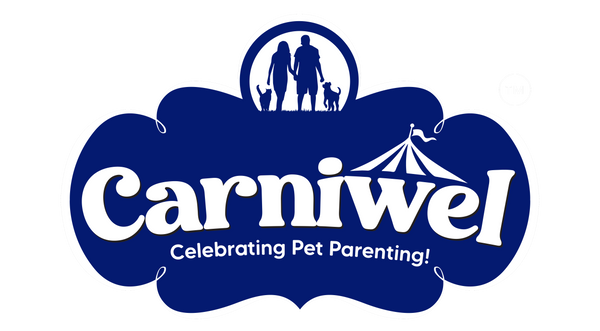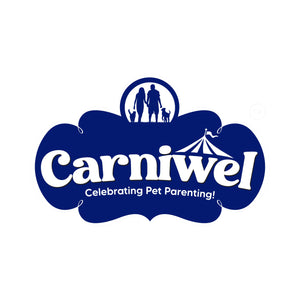A Guide for First-Time Dog Parents
Welcoming a dog into your life is one of the most joyful and life-changing experiences, but it also comes with a fair share of questions. One of the most common worries for a first-time dog parent is this: Can I leave my dog alone at home? And if so, for how long?
Whether you're stepping out for groceries or heading back to the office after a long work-from-home stretch, understanding your dog’s emotional and physical needs is essential.
Here’s everything you need to know about leaving your dog home alone — without the guilt.
How Long is Too Long?
There’s no one-size-fits-all answer, but age, breed, temperament, and training level play major roles in determining how long your dog can stay home alone.
General Guidelines:
- Puppies (under 6 months): 2–3 hours max
- Adult dogs (over 1 year): 4–6 hours
- Senior dogs: 2–6 hours, depending on health
Did You Know?
Puppies under 12 weeks usually can’t hold their bladder for more than 1 hour per month of age.
Preparing Your Dog to Be Alone
Dogs are social animals, therefore, they don’t do well if they’re left alone without preparation. Many experience separation anxiety when their parents don’t teach them to feel safe on their own. Rescue dogs also required patient training to over come thier anxiety over abandonment - this is similar to a human child trying to unlearn an unhealthy pattern from their child hood. The key is to teach them that alone time is safe and calm.
How to do this:
- Practice short departures first — leave the house for 10–15 minutes and gradually increase the time.
- Use enrichment toys like food puzzles or safe chew toys.
- Leave behind an unwashed piece of your clothing with your scent.
Note: Avoid leaving your dog home alone if you foresee loud noises, firecrackers or events that could startle your dog
Check off the following:
Before leaving, make sure your home is safe, comfortable, and equipped with everything your dog needs.
Icon Checklist:
- Fresh bowl of clean water
- Access to a safe sleeping area
- Temperature-controlled room (especially in Indian summers)
- Baby gates or a crate (if trained)
- Chew-safe toys or slow feeders
Also, don’t forget to adjust your dog’s meal schedule — especially if you're feeding puppy food or if your dog needs timed feeding.
Feeding Schedules & Pet Food Planning
When you’re stepping out, feeding becomes critical. Younger dogs and puppies require more frequent meals, so you may need to plan ahead.
Feeding Tips:
- Puppies: 3–4 meals a day
- Adult dogs: 2 meals per day
- Invest in a timed feeder if you’ll be gone during mealtimes
- Stick to a consistent feeding routine to avoid digestive stress
Carniwel’s fresh lamb and chicken-based dog food is designed to keep your dog fuller for longer, making it a great option if you’re away for short durations. The balanced Omega-3 from Antarctic Krill also supports cognitive function — an added bonus for dogs prone to anxiety.
It’s About the Routine
Dogs thrive on routine. It’s less about how many hours you’re gone and more about how consistently you manage their environment and emotional needs.
According to the RSPCA, teaching your dog how to be alone is just as important as teaching them basic commands. That means starting small, being patient, and rewarding calm behavior.
Being a first-time dog parent comes with challenges, but you’re not alone. With the right training, planning, and love, your dog can learn to be comfortable and secure even when you’re not at home.
Remember: it’s not about never leaving them — it’s about making them feel safe when you do.



 https://carniwel.com/pages/about-us
https://carniwel.com/pages/about-us


